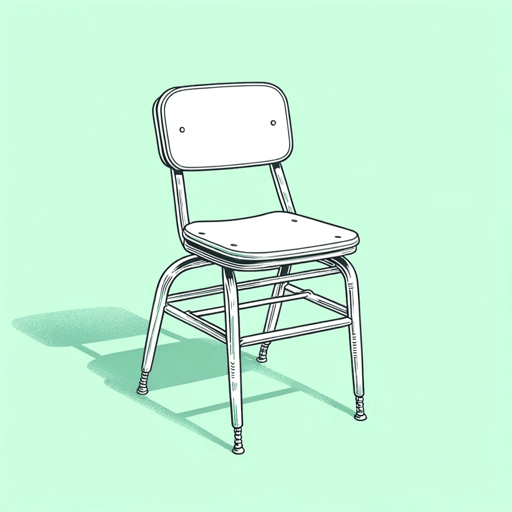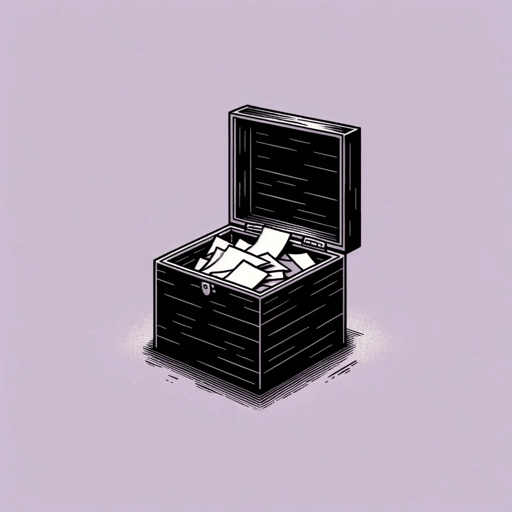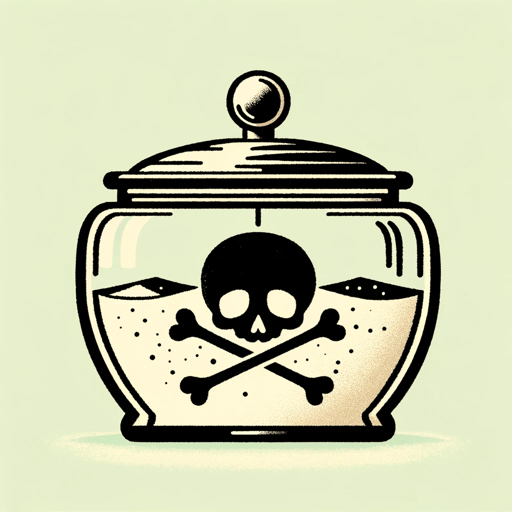27 pages • 54 minutes read
Shirley JacksonCharles
Fiction | Short Story | YA | Published in 1948A modern alternative to SparkNotes and CliffsNotes, SuperSummary offers high-quality Study Guides with detailed chapter summaries and analysis of major themes, characters, and more.
Summary and Study Guide
Summary: “Charles”
American author Shirley Jackson’s short story “Charles” (1948) was first published in Mademoiselle, then in Jackson’s 1949 collection as well as in her 1953 novel Life Among the Savages. Though “Charles” is not in the horror genre, Jackson is a renowned horror writer and has influenced modern writers like Neil Gaiman and Stephen King. The story does, however, have an element of mystery—another genre for which the author is famous. This study guide cites the 2010 Library of America edition of Shirley Jackson: Novels and Stories.
Told through first-person, past-tense narration, the story begins in the home of a family consisting of the narrator, her husband, their son, and their infant daughter. The narrator is sad that her son, Laurie, is growing up; now in kindergarten and no longer a “sweet-voiced nursery-school tot” (73), he’s grown out of his corduroy overalls, started wearing blue jeans, and no longer turns to wave goodbye to her as he leaves for school.
When Laurie returns home from his first day of kindergarten on Monday, he speaks insolently to his father, knocks over his baby sister’s milk and, when asked, says that he “didn’t learn nothing” in school that day (73). After the narrator corrects his grammar, Laurie also tells his family of a classmate named Charles, whom the teacher spanked “for being fresh” (73), but does not elaborate when asked what Charles actually did to deserve the spanking.
Charles is the main event of Laurie’s entire first week of school. Laurie comes home the next day, Tuesday, and tells his parents that Charles hit a teacher for making him try to color with red crayons when he wanted to use green. Laurie “grin[s] enormously” as he relays this adversity. The narrator is shocked by the story but eager to hear more. On Wednesday, Laurie shares that Charles bounced a seesaw on a girl’s head, injuring her. On Thursday, the news is that Charles kept pounding his feet on the floor and was made to stand in the corner during story time. And on Friday, Charles reportedly had his blackboard privileges revoked because he threw chalk.
On Saturday, the narrator talks to her husband and expresses concern about Laurie being at school with someone as destructive and ill-mannered as Charles. Her husband remarks that there will always be people like Charles in the world and it is better for Laurie to meet someone like him earlier in life rather than later.
The next week runs in a similar manner. That Monday, Laurie returns from school late, but as he runs up the hill toward the house, he is already excitedly shouting Charles’s name, eager to share the latest exposé: He tells his mother that Charles yelled so loudly that the teacher kept him after school as punishment and all the other children stayed because they wanted to watch him. When Laurie joins his parents at the table, the narrator relays to her husband the newest story. He asks what Charles looks like and what his last name is, and Laurie replies, “He’s bigger than me, […] and he doesn’t ever wear a jacket” (75). Laurie doesn’t answer the question about Charles’s last name.
That night happens to be the first Parent-Teachers meeting, but the narrator can’t attend, because her baby daughter has a cold. The narrator is disappointed to miss the meeting; she wants to meet Charles’s mother and is hugely curious about what kind of woman could possibly have raised a son like this.
For the rest of that week, Laurie comes home to tell his parents about Charles’s wayward exploits, some of which involve violence. At the same time, Laurie seems to mimic some of this behavior at home: being rude to his father, slamming things, and getting into all sorts of mischief. This continues in such a way that the family begins describing such antics as “being a Charles” (75).
On the third and fourth weeks of kindergarten, however, the anecdotes take an unexpected turn. On the Thursday of the third week, Laurie’s demeanor is “grim” as he reports that Charles was well behaved—so well behaved, in fact, that the teacher rewarded him with an apple. Incredulous, Laurie’s parents ask their son to elaborate on just how Charles was well behaved. Laurie explains, “He gave the crayons around and he picked up the books afterward and the teacher said he was her helper” (76). That night, when the narrator asks her husband if it’s truly possible that Charles would change like this, he pessimistically tells her not to get her hopes up, since a person like Charles is more likely to simply be plotting his next move. Nevertheless, for the next week or so, Charles persists as the “teacher’s helper.”
After missing the first Parent-Teachers meeting at school, the narrator is determined to attend the next meeting, which is coming up the next week. Both she and her husband agree that when she attends, she must hunt down Charles’s mother and ask her what on earth went wrong with Charles.
Later that week on Friday, Laurie is gleeful as his anecdotes reclaim their former intrigue: Charles, while still acting like the “teacher’s helper,” tricked a girl into using obscene language, and the teacher washed the girl’s mouth with soap. The following Monday, Laurie shares that Charles himself used the obscenity—several times—and got his own mouth washed out. To top it off, the little hellion threw chalk again.
The narrator wishes to both meet Charles’s mother as well as have a meeting with Laurie’s teacher. Right before the next Parent-Teachers meeting, the narrator and her husband agree that she should find Charles’s mother and invite her over for tea so the narrator’s husband can really “get a look at her” (77). At the meeting, the narrator looks for the tired-looking, haggard woman who would be Charles’s mother, but she sees no one fitting that description.
Eventually, she spots Laurie’s teacher and introduces herself as Laurie’s mother. The teacher remarks vaguely that Laurie is an interesting child, but when the narrator tells her how much Laurie likes kindergarten, the teacher says, “We had a little trouble adjusting, the first week or so, […] but now he’s a fine little helper. With occasional lapses, of course” (77). The narrator insists that Laurie is normally good at adjusting to new environments and that any of his current difficulties must be due to Charles’s disruptive influence. When the teacher looks confused, the narrator elaborates, saying that the school probably has its hands full with Charles. The teacher, still puzzled, tells her there is no child named Charles in the kindergarten.
Related Titles
By Shirley Jackson





